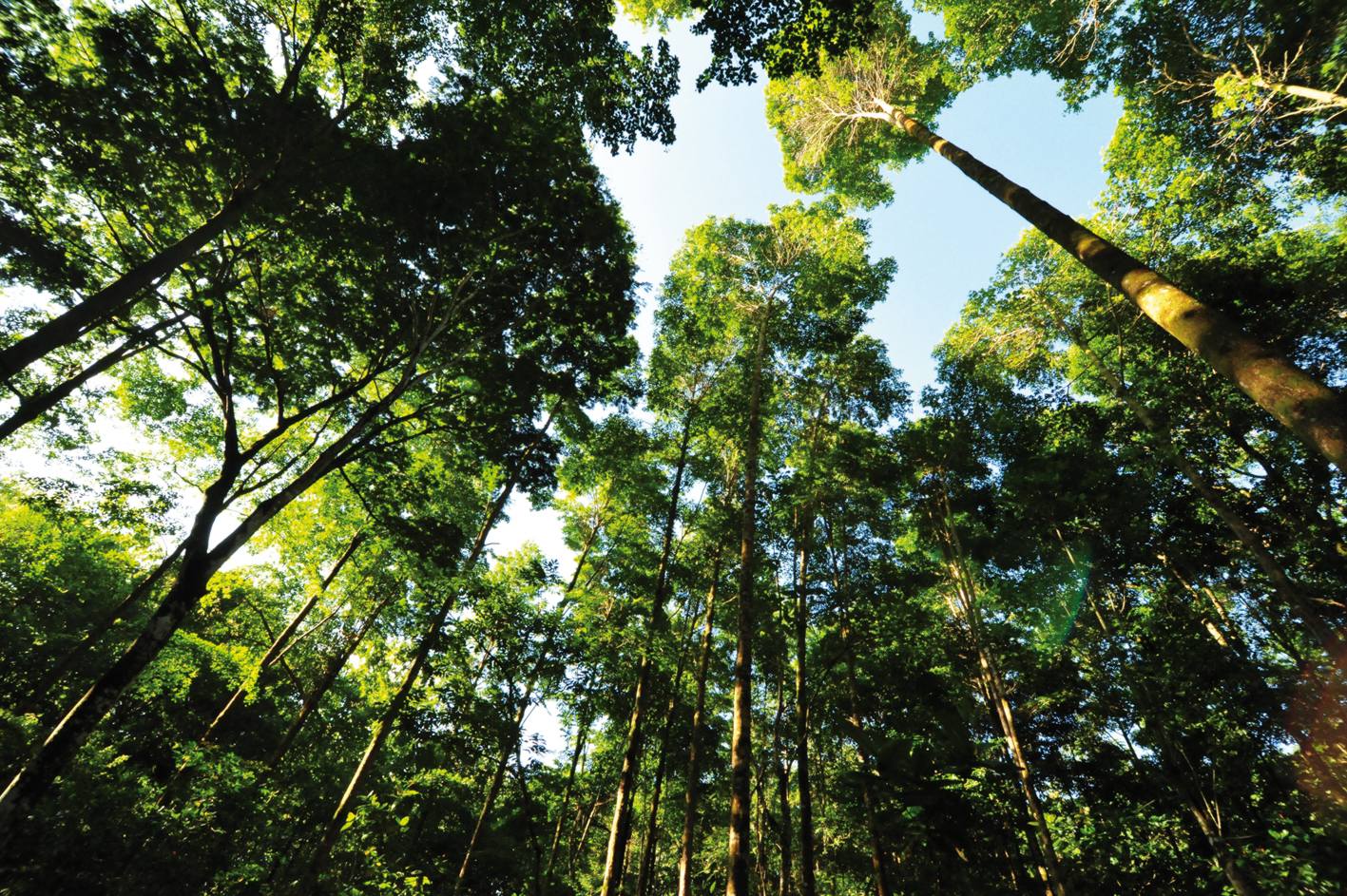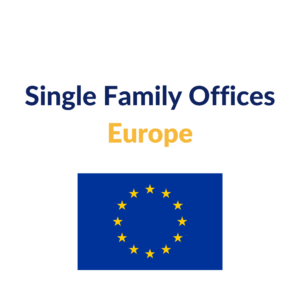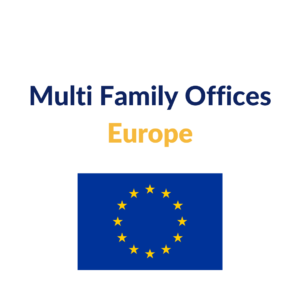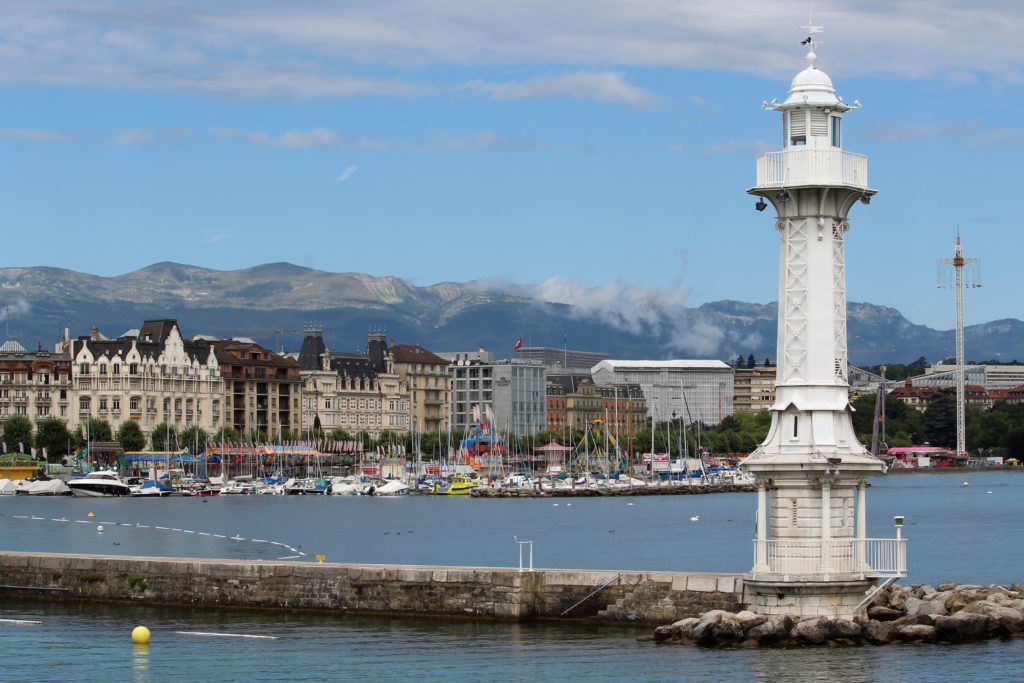We asked Forest Finance – a leading firm for global, sustainable forest investments – why the asset class is getting increasingly attractive for single and multi family offices.
With a volume of around 250 billion euros per year, wood is – after oil and natural gas – the third largest raw material market in the world. Experts predict that the demand for wood will continue to rise in the future. Wood can be used for construction work or heating. For example, more and more people are opting for renewable raw materials instead of fossil fuels for heating. Wood is a comparatively cheap source of energy. The high demand has caused a big price increase for wood in the past years. Wood as a renewable raw material and climate-neutral energy supplier therefore has sustainable aspects. But is an investment in wood automatically sustainable?
The difference between wood investments and forest investments
Of course wood investments are not automatically sustainable. An investment only becomes sustainable if it is designed and implemented in a sustainable way. Unfortunately, the well-known test seals and certificates only help the observer to a limited extent, because despite pages of conditions for certified afforestation, such certificates do not prevent the timber from simply being harvested and cleared at the end of the investment period.
There is an essential difference between a wood investment in monoculture (teak, eucalyptus etc.) or a forest investment. The first offers (although sold as sustainable) concentrate on producing as much wood as possible within the investment period. At the end of the investment period, the wood is cleared and marketed. This pleases the number-oriented investor. The soil, on the other hand, is useless and leached out for future use. Sustainability is something else!
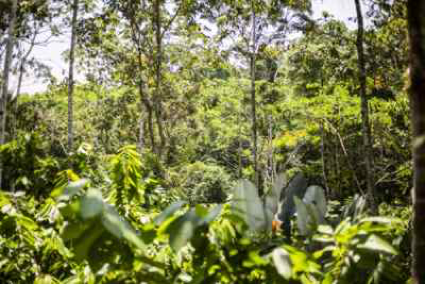
A mixed forest in Panama that remains even after selective harvesting. Photo ForestFinance
Family offices and foundations are generally more seeking for investment opportunities that meet a large number of SDGs and, in addition to capital preservation and interest, also have a positive impact. Forest investments, for example, rely on a mixed forest system with different species. This creates added value at several stages: the area is less susceptible to pests; the investment is diversified trough the different selling prices of several tree species and scientific studies have shown that the growth and quality of wood from mixed forests is significantly higher. The mixed forest thus (over)compensates for the fact that the final harvest is not a clear cut, but a targeted harvest of the valuable trees. What remains is a biodiverse mixed forest system with all the functions that a forest system has to offer: protection against erosion, water storage and stepping stone function for migratory animal species.
An investment in such an offer creates real forests while producing wood, removing CO2 from the atmosphere, promoting biodiversity, offering fair jobs to the locals and generating a return for the investor. This is real sustainability!
In order to shorten the usually long terms of 12 to 25 years for such offers, suppliers are increasingly developing concepts that involve not only wood, but also agroforestry projects. For example, with fine cocoa, dates or olives – even in organic quality. Guaranteed without child labour and under good conditions for nature and people.
Different ways for family offices to invest in (agro-)forestry
Whoever wants to invest in such projects has various possibilities to do so. The most direct way – and preferred by many foundations – is to develop your own projects by commissioning external experts to manage and maintain them. The proceeds from the management flow directly to the operator and a later sale results in a lucrative exit at the end of the project.
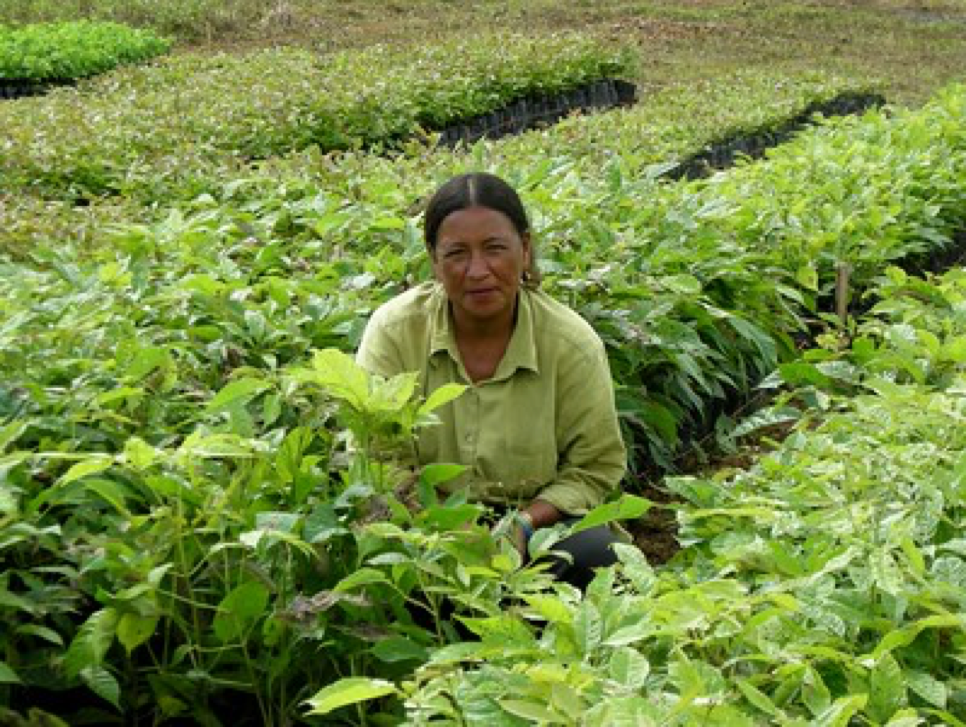
In this tree nursery, seedlings of various native tree species are cultivated and cared for. Local people find fair paid work here. Photo: ForestFinance
Those who do not wish to build up their own expertise in order to supervise such projects participate in existing direct investment projects of the same concept with other, comparably oriented investors. When making a selection, it is essential to be sure of the provider’s expertise. Serious providers have a comprehensible track record, publish their annual reports and demonstrate transparency through project progress reports.
Alternatively, it is possible to invest in existing investment funds whose focus is precisely on these investment offers. Naturally, with the latter two options the direct influence on content and conception is rather small. It is therefore important to find the “right” projects for the purpose of the foundation or the family office.
A further possibility of financial participation in investment offers in this area is the purchase of shares of selected companies with a sustainable orientation, with the usual volatilities for this asset class and dependencies on developments on the financial markets.
Risks of Forestry Investments
Investments in natural resources contain precisely these natural risks. In addition to weather phenomena, there are possible impairments caused by pests and sometimes also by management errors, which can worsen the harvest result, up to the total loss of the capital invested. A large part of the risks can be countered by experienced management. The right choice of location, beyond tsunami zones, storm corridors or by avoiding areas with known risks from the past, is just as much a part of this as the use of the right seedlings in combination with the right composition of various varieties to form a resistant forest system. The reason for this is that a biodiverse forest system with different undergrowth, insects and small animals regulates itself much more effectively than a monoculture without natural enemies for pests.
Areas exposed to particular fire risks in dry seasons can be protected by the use of firebreaks and local water depots. In addition, some providers offer fire insurance for the first, particularly risky years.
Most of the harvested products are traded in dollars. In this respect, there is a currency risk in the event of unilateral devaluation. In the counter-movement, however, there is also an additional opportunity for earnings.
Social Forestry – More than just profit
In many of the possible projects in the field of forest investment, it is not only the monetary results from the sale of harvest yields that count. Rather, such projects offer numerous approaches to impact investing. If the local workers – mostly indigenous – are paid above the minimum wage, or if they enjoy better social benefits and safe working conditions, if there is guaranteed no “child labour”, then such projects create a positive impact for the investor beyond the yield.

Many animals like this young sloth find new habitats in sustainably managed forests. Photo: Forest-Finance
Not to mention the natural effects of the projects: Planting trees or entire forests is the best way to achieve the climate targets for 2030. An ETH study published in September 2019 calculates that massive tree planting can absorb so much CO2 that the rise in temperature remains controllable. In contrast to so-called climate protection projects, in which future CO2 is “saved”, only trees are able to deposit the CO2 present in the atmosphere and neutralise it immediately.
This is why the asset class “forest investment” is particularly suitable for foundations and family offices, because their investment concept never aims solely at maximising returns, but always includes the desire for positive impact and the commitment for long-term investments.
Providers such as ForestFinance take the official SDG of the United Nations into account when designing their projects. 8 of the 17 SDGs are already adhered to in the projects today and the adherence to others is already being processed. This shows that sustainability combined with profitability is possible.
Summary
Times have never been better for spending money on sustainable investments. Investors with the clear goal to leave a social impact while the invested capital generates returns will find numerous projects for this project.
The times in which reckless returns were generated by the destruction of resources are coming to an end. Even international pension funds, such as the Norwegian state fund, are correcting their investment decisions by replacing any investment in fossil fuels and resource-destroying production plants with sustainable investments. More and more countries, organisations and private companies are following suit. The faster this development proceeds, the more likely it is that the available financial resources will be distributed among the “right” projects and activities. Then capital steers a rethink that we all need for a good future.
 This article was written by Bernhard Engl, Senior Key Account Manager at ForestFinance Service GmbH. Bernhard has been working for many years in the field of forest investments, advising foundations, family offices and institutional investors on investment decisions for sustainable projects and concepts for impact investing.
This article was written by Bernhard Engl, Senior Key Account Manager at ForestFinance Service GmbH. Bernhard has been working for many years in the field of forest investments, advising foundations, family offices and institutional investors on investment decisions for sustainable projects and concepts for impact investing.
Lists of relevant European Single and Multi Family Offices
-
€4,99 including VAT
-
€4,99 including VAT
-
Rated 5.00 out of 5€899,99 including VAT
-
Rated 4.63 out of 5€999,99 including VAT

